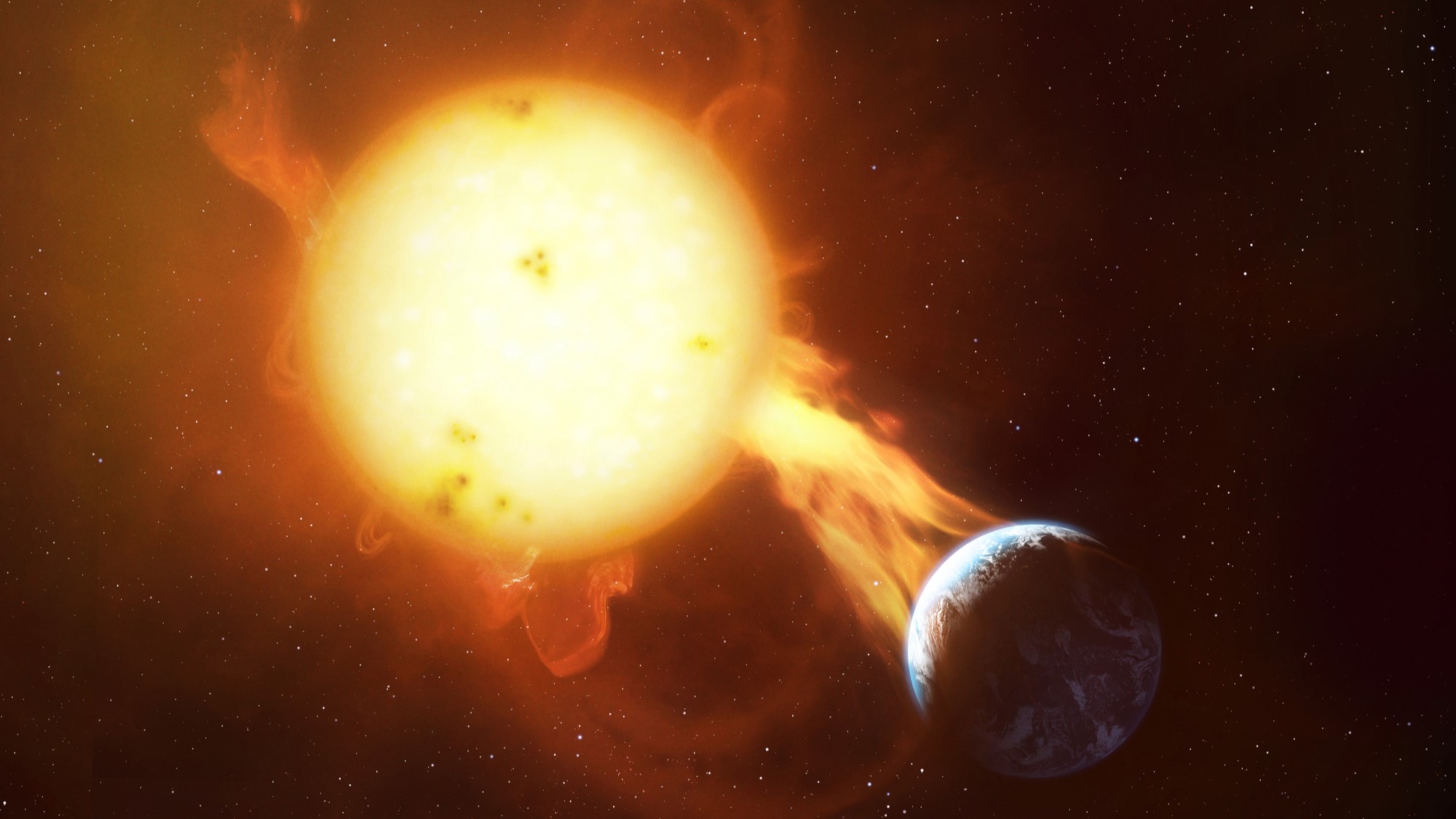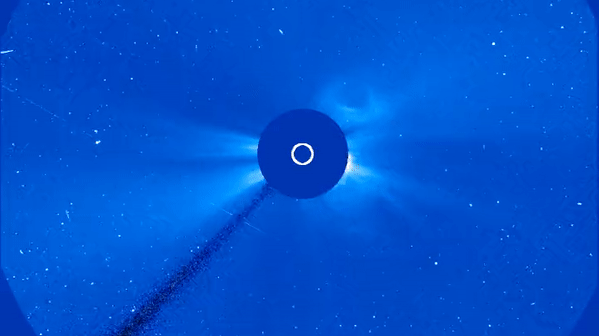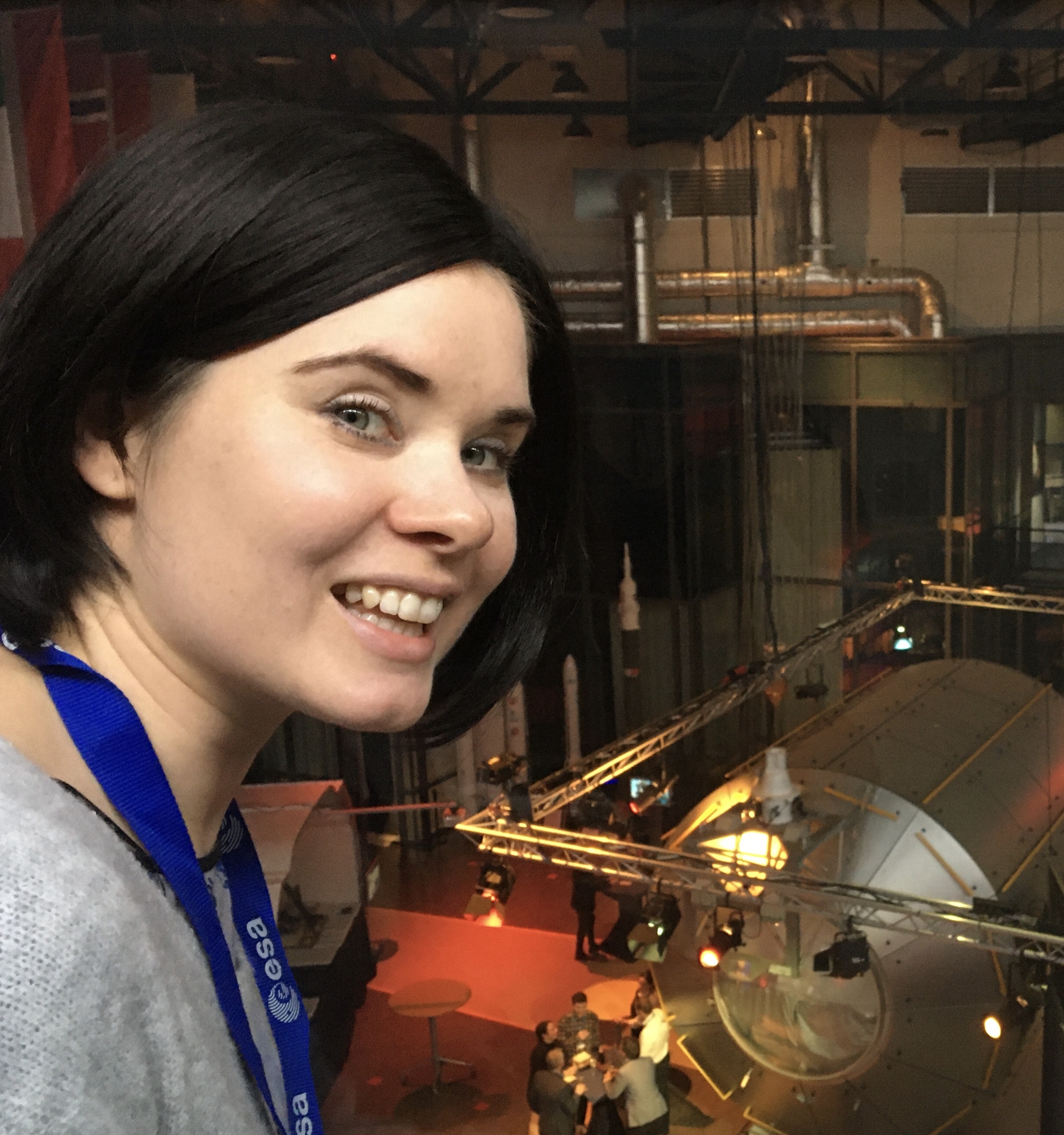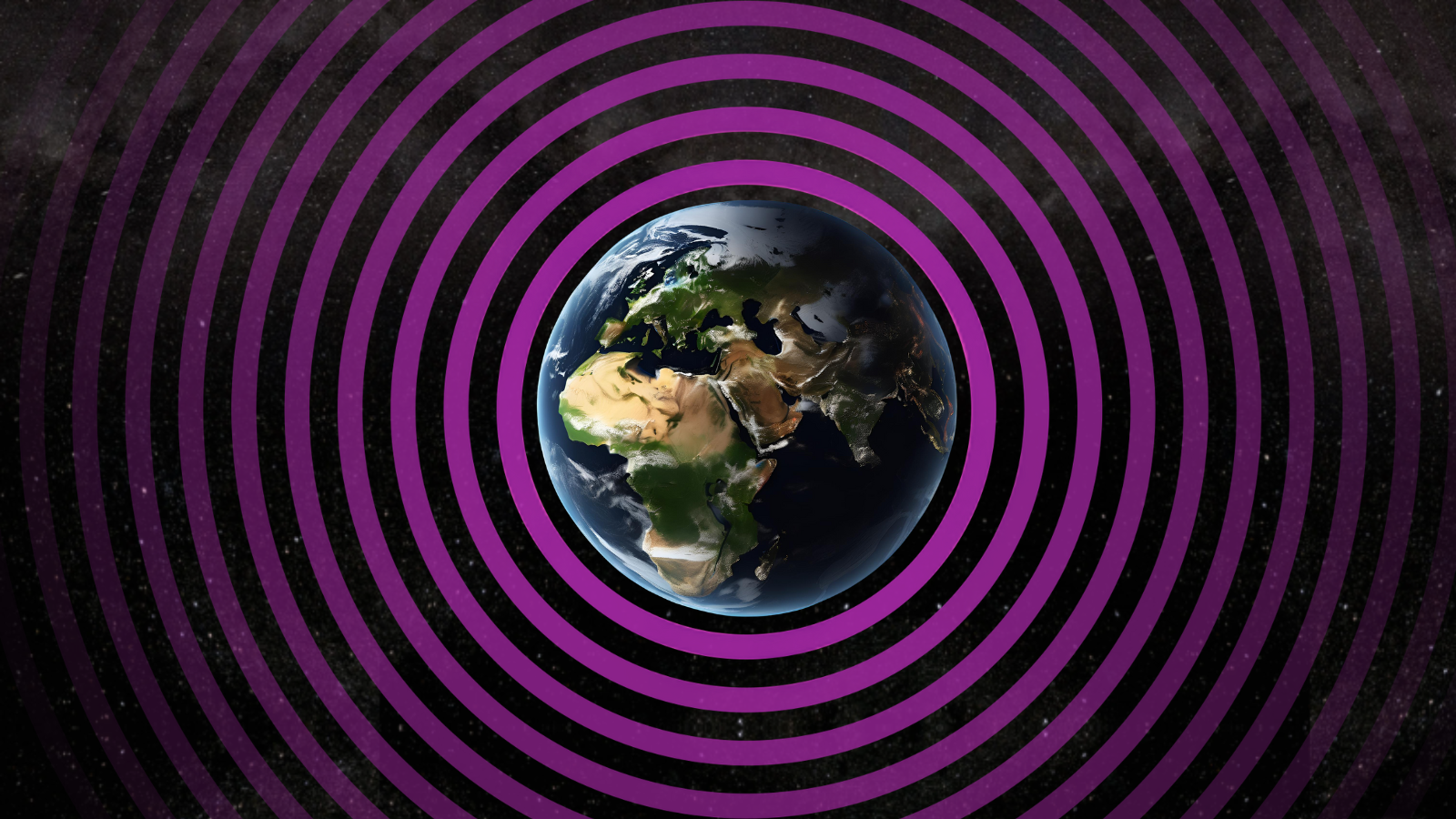A hidden solar cycle is awakening, but more extreme space weather over the next 50 years may not be a bad thing
"The next set of solar cycles will be more active."

Space weather may intensify in the coming decades with more frequent solar flares and eruptions to batter the planet. Whilst Earth's technology, including satellites and power grids, is likely to feel the squeeze, some of the effects might be surprisingly positive.
The current solar cycle, the 25th since records began, may have just recently passed its peak. Monthly numbers of sunspots, solar flares and eruptions are now set to gradually decline.
But a new study suggests the respite may not last long, as the upcoming four solar cycles are likely to produce more severe space weather events. It's a resounding warning for our world dependent on sensitive electronic technologies, but the study suggests that due to some lesser-known side effects that space weather has on Earth, the environment around the planet may, in fact, become more benign.
Why do scientists think space weather is set to get more severe?

A team of researchers from the National Center for Atmospheric Research (NCAR) in Boulder, Colorado, reviewed decades of satellite data measuring the density of energetic particles around Earth. These charged protons mostly come from the sun in the form of the solar wind and remain trapped by Earth's magnetic field in pockets known as the Van Allen radiation belts. The measurements revealed that over the past 45 years, the density of those particles showed an increasing trend that peaked in 2021, shortly after the last solar minimum. The most recent data suggests that the density of those particles began to drop soon after the current solar cycle picked up strength.
The researchers believe the data points to a little-known phenomenon, which hides behind the 11-year cycle of ebb and flow of solar activity. This phenomenon is the Gleissberg Cycle, named after its discoverer, German astronomer Wolfgang Gleissberg. Reviewing the records of past solar cycles, Gleissberg noticed in 1958 that the strength of individual solar cycles, as measured by the fluctuations in the number of sunspots, appears to ebb and flow over time, following an approximately 100-year pattern. In other words, whether one cycle is stronger than the other is not random; something deeper appears to be at play.
"Usually, over four solar cycles, the intensity of solar activity will increase," Kalvyn Adam, a former NCAR researcher and lead author of the new study, told Space.com. "Then it will reach its peak and then it will go down over another four solar cycles."
Scientists have no idea what drives this underlying pattern, but the recent satellite measurements of high-energy proton densities around the planet suggest that the Gleissberg Cycle may have reached its lowest point.
Breaking space news, the latest updates on rocket launches, skywatching events and more!
"That would mean that the next set of solar cycles will be more active," said Adams.
Reverse trend

During more active solar cycles, the sun's magnetic field tends to get more tangled, producing more sunspots (temporary areas with extremely strong magnetic fields) and subsequent solar flares and ejections of hot plasma from the sun's appear atmosphere (coronal mass ejections or CMEs). Both flares and CMEs occur when the dense, twisted magnetic field lines above sunspots burst and reconnect.
Although CMEs are the number one source of charged particles trapped by Earth's magnetic field, the relationship between the density of this soup of trapped protons and the strength of a solar cycle is strangely counterintuitive. Instead of getting denser when more CMEs lash the planet, this high-energy proton soup gets thinner when the sun is more active. That, Adams explained, is due to some lesser-known side effects that space weather has on Earth's atmosphere.
"If you get more solar activity, you'll get more heat and more energy into our atmosphere," said Adams. "If our atmosphere is getting more heat and energy, it will expand. As the atmosphere expands, the protons will run into that expanded atmosphere and eventually drop out."
The recent solar maximum has, Adams argues, caused such an expansion. The resulting dip in proton density was then detected by the National Oceanic and Atmospheric Administration's (NOAA) satellites 15 and 18.
The good news
As solar cycle 25 is set to weaken soon, the high-energy proton soup around the planet will soon get denser again. However, the long-term data suggest that due to the 100-year Gleissberg cycle, the sun will remain overall more active than it has been in the past four decades. That in turn means that in the long run, Earth's atmosphere will remain hotter and as a result leak more high-energy protons.
That's good news for satellites orbiting the planet as they will be subject to weaker radiation, which over time erodes electronic devices and causes malfunctions. Astronauts on the International Space Station, too, should be subject to lower doses of this carcinogenic radiation, which could make human spaceflight in the coming decades somewhat less health-threatening.
The glitch
But there is a glitch. Regardless of the overall lower proton density in Earth's orbit, solar storms are set to become more common and likely more devastating. These solar storms create havoc in orbit in multiple ways. The sudden heating of the atmosphere when a CME hits thickens the gas around Earth, increasing the drag facing satellites in low Earth orbits. As a result, those satellites lose altitude and have to scramble back using their thrusters or risk an early demise.
One such powerful solar storm hit Earth in May last year, causing a "mass migration"of satellites. Thousands of spacecraft lost altitude at once, forcing their operators to push them back up into higher orbits to save the missions. During that chaotic period, the authors of that study said, the risk of orbital collisions was exceptionally high as operators didn't have time to calculate satellites with the same care they usually do.
"The worry that we are going toward more solar activity is definitely there," Adams said. "We have built an enormous amount of technology, including satellites and power grids, since the last Gleissberg maximum. But it's not all bad. Our paper suggests that the baseline environment when space weather is quiet should, in fact, be somewhat safer."
The study was published in the journal Space Weather on March 2, 2025.
Join our Space Forums to keep talking space on the latest missions, night sky and more! And if you have a news tip, correction or comment, let us know at: community@space.com.

Tereza is a London-based science and technology journalist, aspiring fiction writer and amateur gymnast. Originally from Prague, the Czech Republic, she spent the first seven years of her career working as a reporter, script-writer and presenter for various TV programmes of the Czech Public Service Television. She later took a career break to pursue further education and added a Master's in Science from the International Space University, France, to her Bachelor's in Journalism and Master's in Cultural Anthropology from Prague's Charles University. She worked as a reporter at the Engineering and Technology magazine, freelanced for a range of publications including Live Science, Space.com, Professional Engineering, Via Satellite and Space News and served as a maternity cover science editor at the European Space Agency.
You must confirm your public display name before commenting
Please logout and then login again, you will then be prompted to enter your display name.
